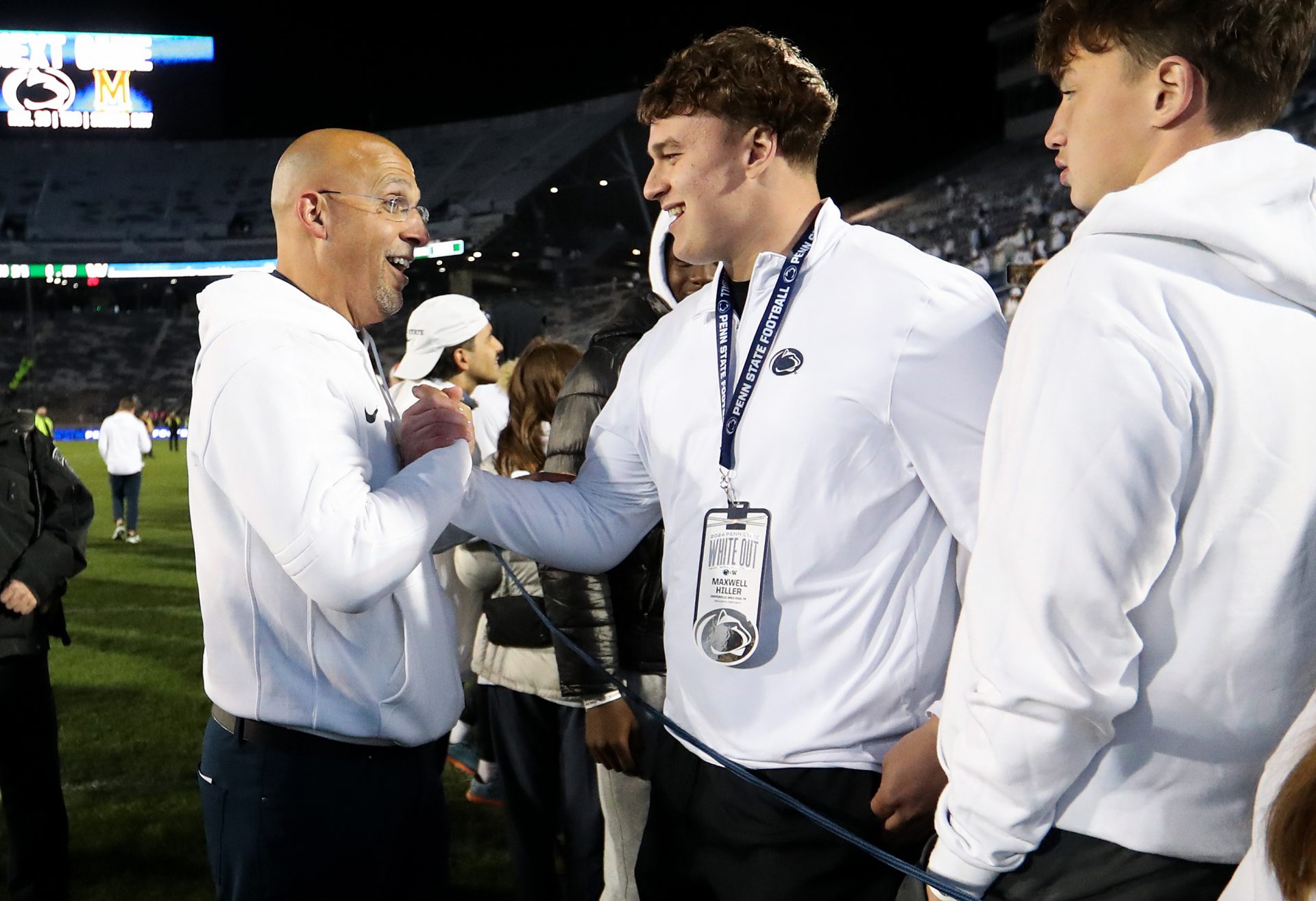Picture yourself 17 years old and entering a 100,000-seat stadium with your name illuminated on the scoreboard. Coaches are saying hello like you’re a star, and fans already have your highlight reel memorized. And someone just gave you a weekend schedule to include dinner with the team. Welcome to the crazy and competitive world of college football recruiting. But not all visits are equal—some are laid out like red carpets, others are more akin to a hangout with a clipboard.

Breaking Down the Major Differences Between Official vs. Unofficial Visits
In college football recruiting, official and unofficial visits are both vital chances for athletes and coaches to get to know one another. But the two kinds of visits are very different in terms of format, advantages, and NCAA rules.
Georgia is set to host multiple 5-stars and top recruits this weekend, headlined by 5-star TE Kaiden Prothro🐶
More from @SWiltfong_: https://t.co/TcLRC2LT9e pic.twitter.com/ZJcVi6GBl7
— On3 Recruits (@On3Recruits) May 28, 2025
Official visits are funded by the school. That encompasses transportation, meals, accommodations, and tickets to sporting events. Official visits can be as long as 48 hours and are closely governed by the NCAA.
Up to five official visits to various schools are permitted to each potential student-athlete during their high school career, starting Aug. 1 of their junior year of high school. The visit may comprise academic presentations, facility tours, individual meetings with coaches, and a glimpse of the campus life of the school. Parents or guardians are usually invited and included in the same cost package.
The official visit is the school’s grand pitch. This is when a program goes all-in to give the recruit an idea of what life might be like. Recruits may get to sit down with professors, academic advisors, current players, and athletic trainers. And sometimes even have current student-athletes host them to get a sense of campus life.
Conversely, unofficial visits are paid for strictly by the recruit and their family. Unlimited unofficial visits are available to athletes, making them much more convenient and flexible. Although they’re not as polished or as official as official visits, they’re still very informative. Recruits can visit the campus, meet coaches, and even watch games—but they must pay their own way and plan their own agenda.
Unofficial visits can start as early as a student wants—even in middle school. That’s why you’ll often hear about eighth-graders or freshmen walking campuses and taking pictures in uniform; it’s all part of early relationship-building.
What Makes Each Visit Special?
Let’s break down some specifics that distinguish these two visit types:
Expenses Covered
Official Visit: Schools can reimburse for travel (including airfare), accommodations, three meals a day, and a ticket to a home game or contest.
Unofficial Visit: The athlete covers all costs themselves.
Contact with Coaches
Both visit types allow for contact with coaches, but on official visits, more structured meetings and face time with the head coach or coordinators typically occur.
Activities
Official Visit: Features extensive tours of academic and athletic facilities, eating with the team, game-day activities, and formalized itineraries.
Unofficial Visit: More relaxed. You can still walk around the campus, but you won’t see a red carpet.
Duration
Official visits have a 48-hour limit.
Unofficial visits are as long or as short as you wish (within reason and campus regulations).
As of 2023, the NCAA modified some visit regulations. Currently, a recruit is able to take unlimited official visits provided that they’re not visiting the same institution more than once, according to the NCAA Division I Council. The previous five-visit restriction was dropped, freeing top prospects to view their opportunities fully.
How Athletes Use Both to Their Benefit
The best athletes employ unofficial visits to get a sense of a program’s atmosphere at the beginning of the process. They might visit during spring games or summer camps or ride through town with their families to see a home game. These trips are the best way to get a feel for the school’s culture without the stress of an organized itinerary.
Next are the official visits—typically senior year—when the time has come to decide. They’re able to view options side by side, particularly when paring down a top five. It’s also when schools attempt to close the sale with committed or near-committed players.
Some use all of their official visits as leverage, and some fall in love with the first campus they set foot on. Either way, the important thing is completing the homework, getting questions answered, and knowing what is being offered.
In the high-pressure, high-reward world of college football recruiting, both official and unofficial visits are important. One rolls out the red carpet for you, while the other allows you to catch a glimpse of what goes on behind closed doors on your own terms. Knowing the difference can be the difference in a life-altering decision.
For the schools, it’s selling not only the football program but the education, culture, and community as well. For the players, it’s a test of vision and patience, deciding where to spend the next three to five years of their lives.
KEEP READING: What Does ‘Power Five’ and ‘Group of Five’ Mean in College Football? Full Breakdown
As hiring becomes more advanced with NIL agreements and the portal, the worth of in-person visits—official or not—cannot be beat. Not to mention, no portion of Zoom sessions or highlight reels can accomplish what it feels like to walk on the field in the lights, envisioning your future.
College Sports Network has you covered with the latest news, analysis, insights, and trending stories in football, men’s basketball, women’s basketball, and baseball!

